The Ghaziabad Municipal Corporation (GMC) is set to bring over 25,000 newly purchased flats across its five zones under the property tax ambit. This move follows a comprehensive survey conducted between July and August 2024, which revealed that a significant number of these flats had not yet been taxed. The survey was instrumental in identifying newly constructed and purchased properties that had, until now, been excluded from the tax net.
The survey’s findings indicate that Ghaziabad has a total of 124,874 flats spread across 319 residential high-rises within the corporation's jurisdiction. Out of these, 99,765 flats were already within the tax purview, while the remaining 25,109 were not. The corporation now aims to rectify this oversight by issuing tax bills to these properties, ensuring a more comprehensive and fair tax system.
Focus Areas for Taxation
The GMC has identified that the flats requiring taxation are predominantly located in key areas such as Indirapuram, Vasundhara, Vaishali, Raj Nagar Extension, and Crossings Republik. These regions have seen rapid development and urbanization, leading to the construction of numerous residential complexes. However, the process of bringing these newly constructed flats under the tax fold has lagged, primarily due to administrative delays and the evolving nature of property ownership in these areas.
These 25,000 flats will now be issued tax bills starting this financial year. This inclusion not only aims to ensure fairness in the tax system but also intends to increase the corporation’s tax revenue. By expanding the tax base, the GMC seeks to strengthen its financial position, which will ultimately benefit the city’s infrastructure and services.
Property Tax Structure and Revenue Impact
The property tax levied by the Ghaziabad Municipal Corporation comprises three main components: house tax, water tax, and sewage/drainage tax. However, in areas like Indirapuram, where the municipal corporation has not fully assumed control, only the house-tax component is collected by the corporation. In these areas, other services like sewage, drainage, and water supply are managed by development agencies, which levy separate charges for these services.
The inclusion of these 25,000 flats in the property tax ambit is expected to significantly boost the corporation’s revenue. Official data reveals that in the financial year 2021-22, the corporation collected ₹175.47 crore in property tax. This figure rose to ₹206.67 crore in 2022-23 and further to ₹294.9 crore in 2023-24. For the current financial year, from April 1 to August 31, 2024, the corporation has already collected ₹150.19 crore, a significant increase from the ₹84.61 crore collected during the same period in the previous year.
This revenue boost is anticipated to have a direct positive impact on the city’s infrastructure development and civic services. The increased tax collection will allow the corporation to allocate more funds toward improving civic infrastructure and providing better services to residents. The corporation has also reassessed commercial properties and organized tax collection camps in various zones, contributing to the rise in revenue.
Resident Concerns and Expectations
While the move to bring more flats under the tax net is a step towards creating a more equitable tax system, it has also sparked concerns among residents. Many residents emphasize the need for the municipal corporation to improve its service delivery in exchange for the taxes they pay.
The city faces numerous issues, including poor road conditions, inadequate street lighting, and ineffective drainage systems. Additionally, there is a growing concern over the management of daily solid waste disposal. Residents are willing to fulfill their tax obligations, but they expect the municipal corporation to deliver professional management and substantial improvements in civic infrastructure in return.
These concerns highlight the demand for better governance and infrastructure management in rapidly urbanizing areas like Ghaziabad. The success of the GMC’s taxation drive may hinge on its ability to meet these expectations and deliver visible improvements in the city’s living conditions.
Future Implications
The next steps will involve the issuance of tax bills to the newly identified flats and the integration of these properties into the existing tax collection framework. With the potential for increased revenue, the Ghaziabad Municipal Corporation has an opportunity to invest in much-needed civic improvements, thereby justifying the taxes collected from residents.
However, the corporation’s ability to deliver on these improvements will be closely watched by residents and civic groups, who will be keen to see tangible benefits from the increased tax revenues. The coming months will be crucial in determining whether the GMC can successfully balance its revenue generation goals with the provision of better civic services and infrastructure, thereby fostering a more livable and well-managed city for its residents.

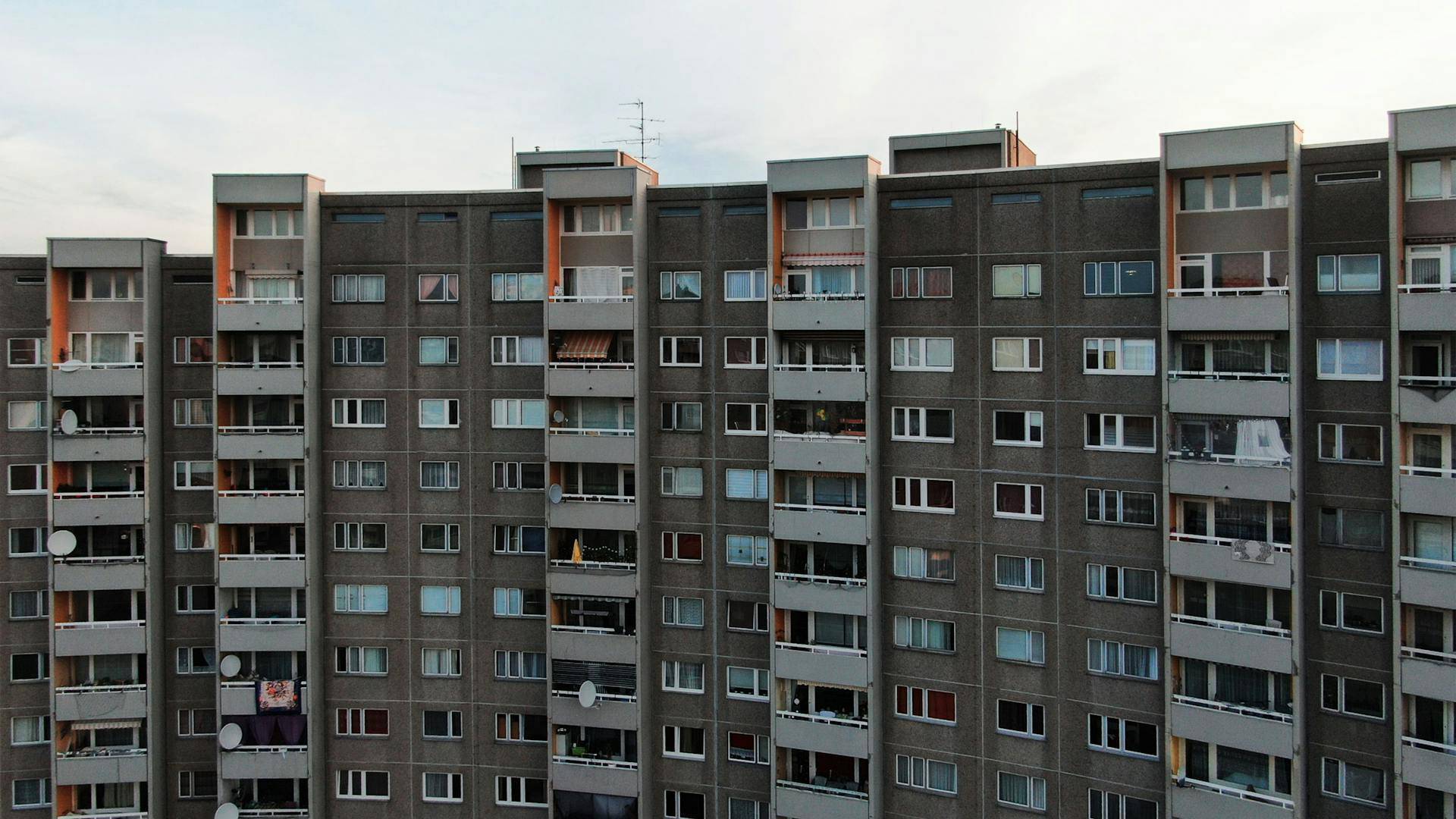


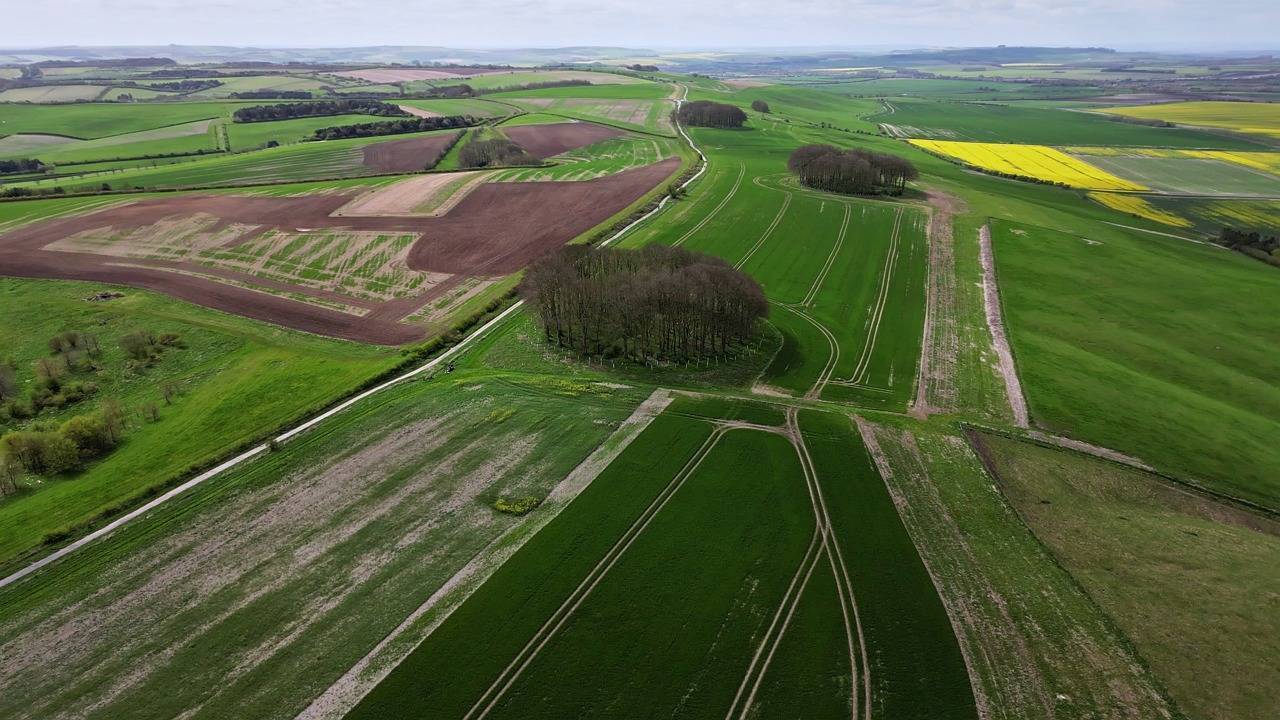

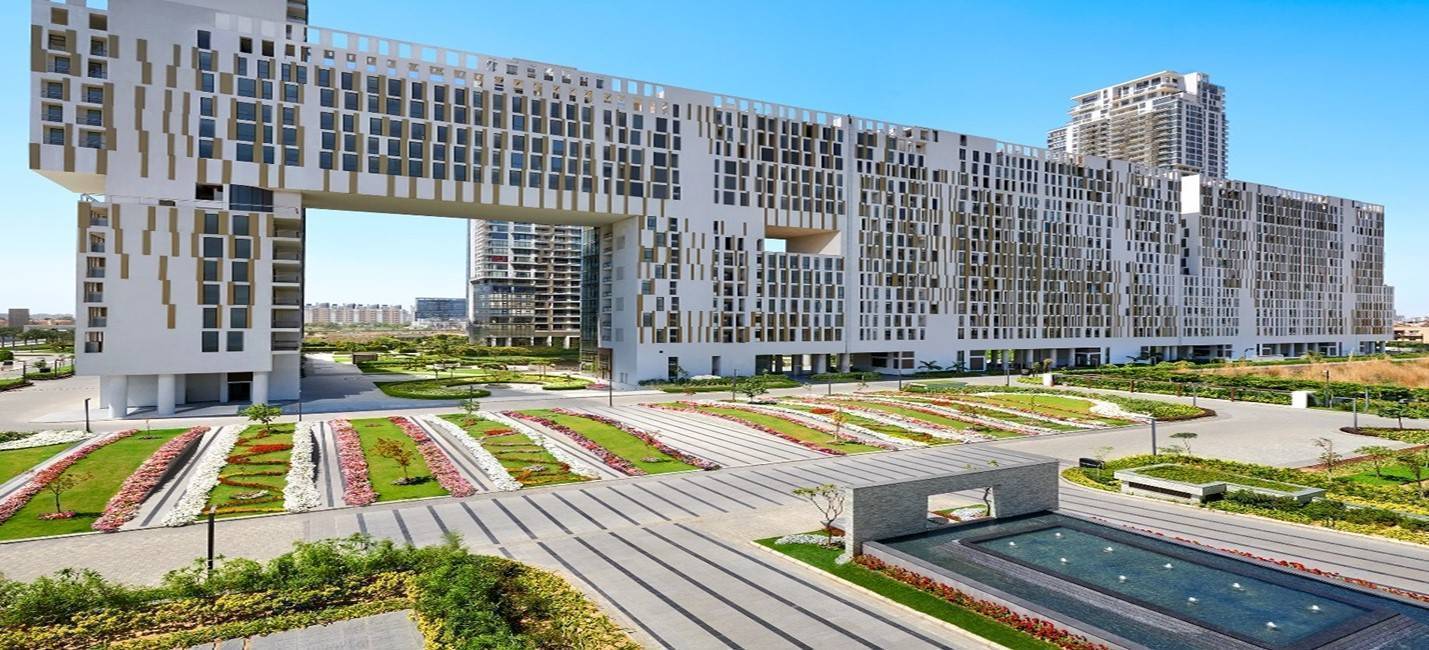
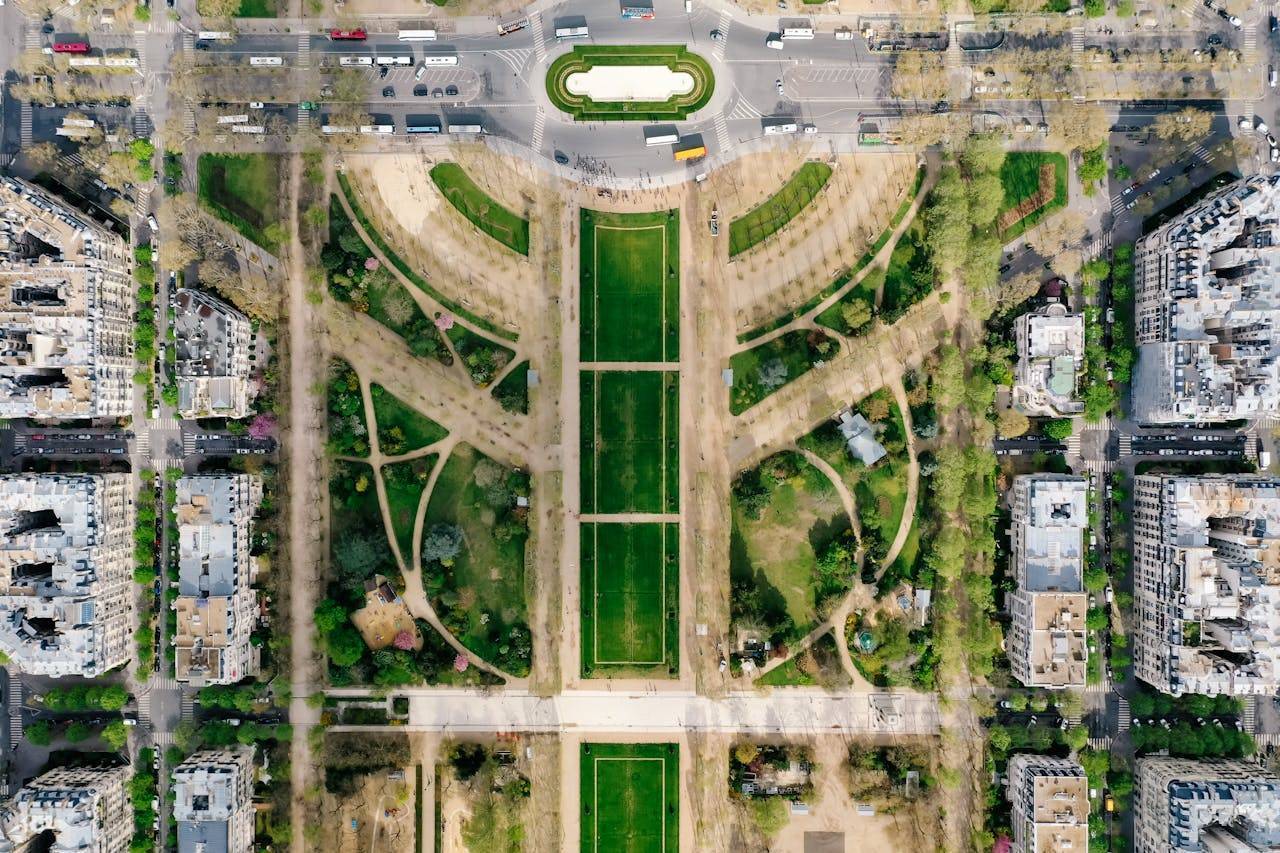
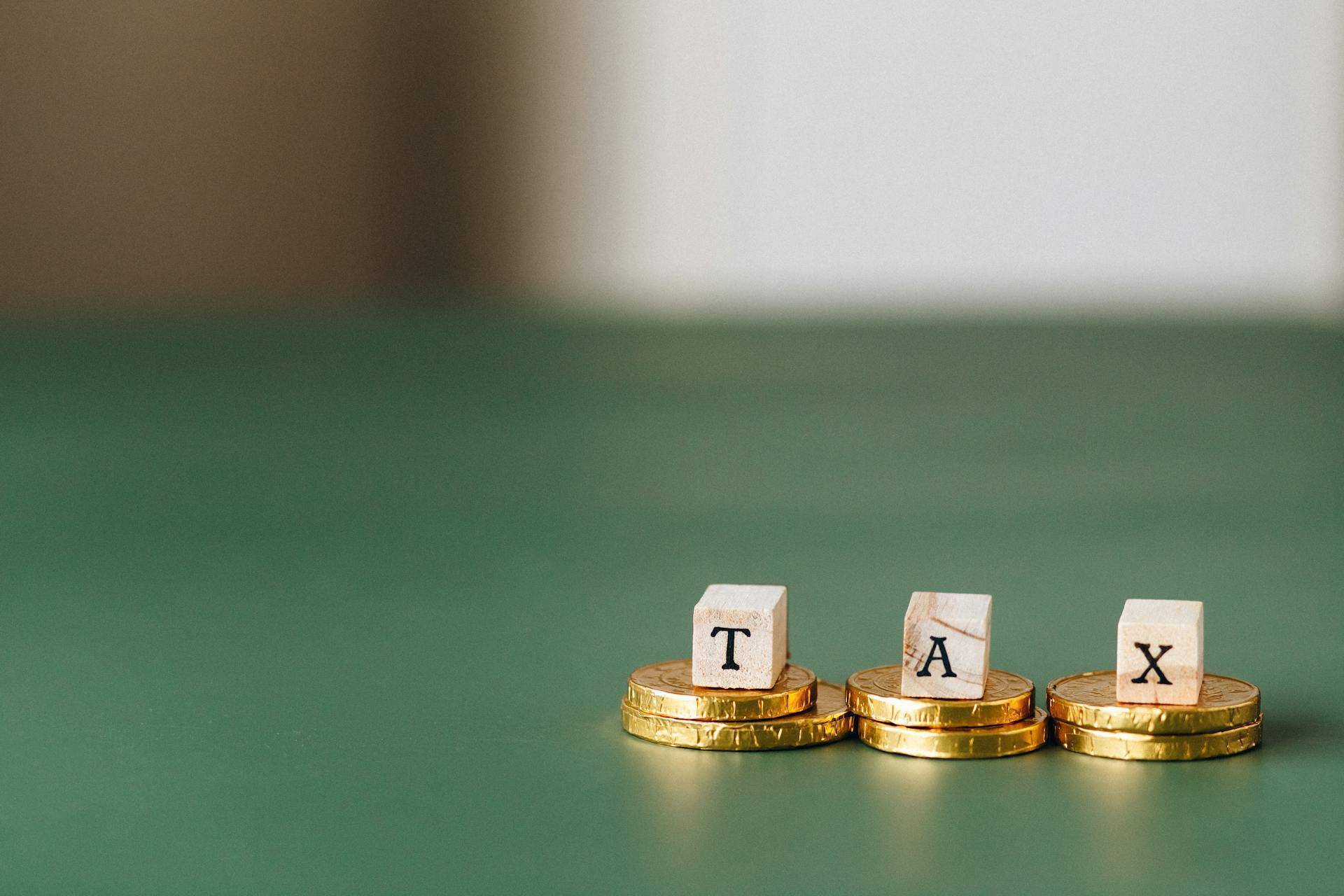
.png)